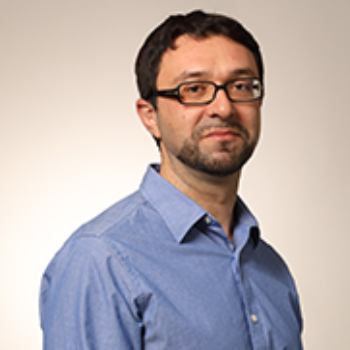Candriam has been engaged in ESG Country Analysis since 2009. In 2020, we put into practice our third and most sophisticated Sovereign Sustainability model. We move from the now-common ‘Weak Form’ of Sustainability to a more robust ‘Strong Form’.
The Sovereign Sustainability model based on four “pillars” – Natural Capital, Human Capital, Social Capital and Economic Capital - is widely-used by organisations such as the OECD, as well as by investors. Typically, these models are constructed so that the four forms of capital are substitutable – referred to by some scholars as ‘Weak Sustainability’.
In contrast, defining concept of ‘Strong Sustainability’ is that Natural Capital is non-substitutable, and so it cannot be replaced with any of the other three forms of sovereign capital.
It is generally agreed that Natural Capital is finite, even if we may not agree on how much room we have within those limits. Many changes in the environment are irreversible, some unpredictable, and many prior tipping points have arrived without warning. The accelerating rate of environmental events is alarming.
Incorporating the limits of our natural environment
Candriam’s previous country ESG model, like most, allowed for substitutability among the four forms of capital and unlimited use of Natural Capital. Country scores were calculated as an average of the four types of capital. Our new model both constrains Natural Capital, and emphasises its importance, through a straightforward evolution. Each country’s Sovereign Sustainability score is now calculated as the product of Natural Capital, times the average of the other three capital pillar scores.
Therefore, a country cannot seamlessly make up for a poor Natural Capital score by outperforming in Economic Capital, for example. This led to some ranking changes. For example, Australia’s high carbon footprint and reliance on natural resources affected its Natural Capital score, cutting its ranking. Conversely, Costa Rica’s emphasis on carbon neutrality catapulted its ranking from 41st place under the old ‘Weak Form’ Sustainability methodology to 17th place using our ‘Strong Form’ model.
Another change is related to data availability. It has improved in the last few years so we have expanded our databases and our model capabilities to make the most of the improvements in information.
Behind each of our 128 Sovereign Sustainability scores, we have more than 470 factors, such as rural access to electricity, tree cover loss, infrastructure vulnerability, and democratic governance. These offer a wealth of insight for additional analysis or projections.
Developed vs Emerging
Our second major advance is to weigh factors and issues by their materiality for each economy. For example, a data series on electric vehicles would be much more heavily weighted in a country such as Norway, while malnutrition would carry a greater weight in Uganda. Two of the benefits of our materiality-weighted solution are the ability to rank developed and emerging nations on the same scale, and the increased relevance of the model results for both near-term investment conclusions and for long-term trend forecasting.
Not only about risks
Alongside risks, every country also has opportunities. Risks come in all imaginable shapes and sizes and it is too easy to consider ESG in sovereign analysis as a way to reduce risk, especially in EM debt. Yet investing consists of selecting, and setting prices for, those risks we choose to accept to generate return. Further, we are better able to see how well countries utilise the new opportunities that may arise. This brings us back to the insights which our database and our factor, issue, component, and capital scores offer to our Candriam analysts and portfolio managers.
Can we put a price on Sovereign Sustainability?
The multi-trillion-dollar question! Our model does not directly price Sovereign Sustainability, but is fully integrated with Candriam’s models. Each country score is rich with additional information, so our investment professionals use these insights to delve more deeply into areas of opportunity or concern. It is the history of emerging market debt investing that extra-financial elements may fail to be reflected in credit ratings. These factors can either deteriorate or improve, and can be reflected in bond prices long before they are reflected in economic reports.
Long term or short term
Candriam’s investment philosophy is Conviction and Responsibility - we are committed to adding value for investors, while using finance as a means towards a better world. We hope to use our enhanced Sovereign Sustainability concepts to tie short-term and long-term issues together, employing our materiality weightings for today’s results and our Strong-form Sustainability scores to anticipate the long-term trends.


